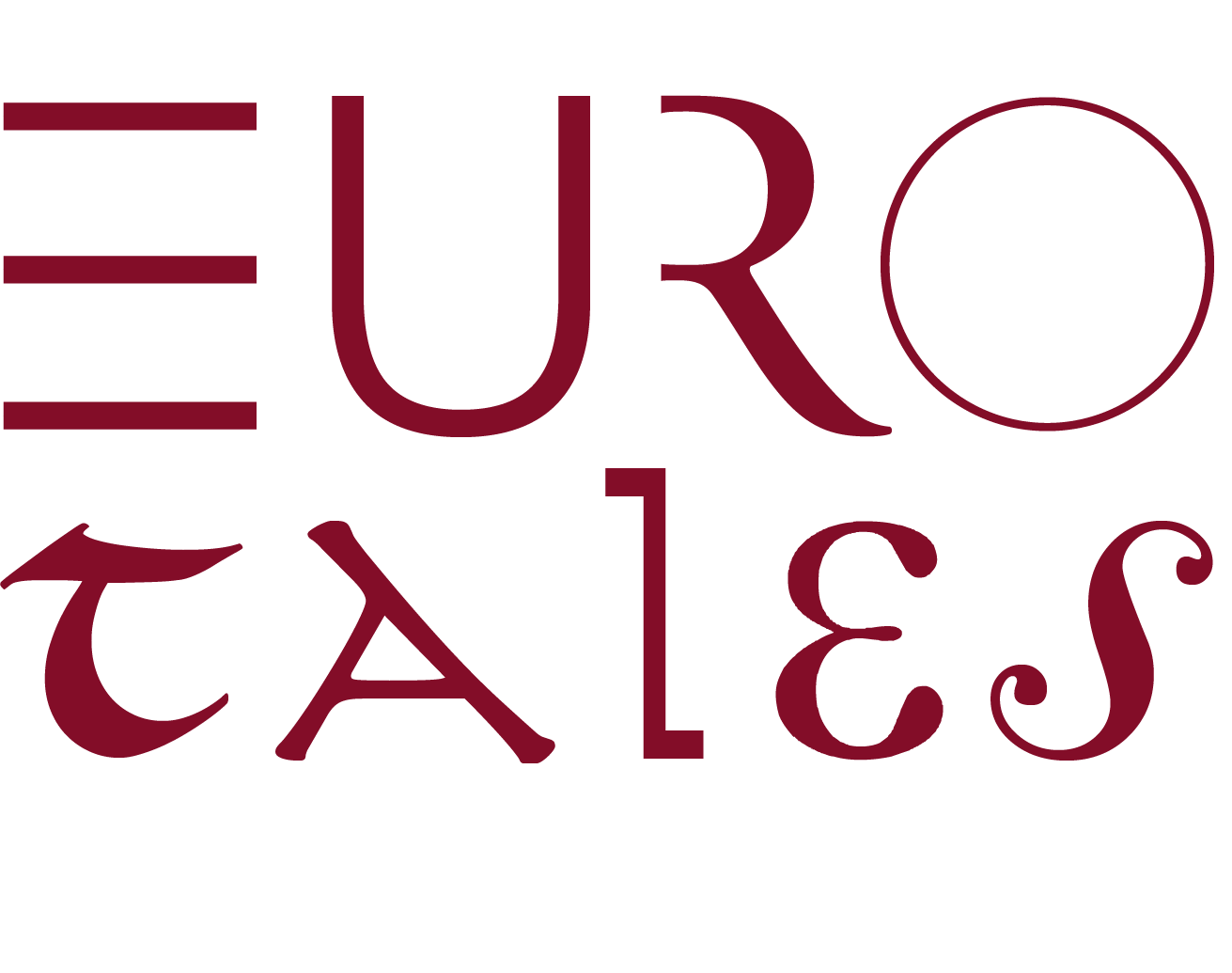Description
When this ancient Greek statue of a Lion was brought as to Venice from the Byzantine Empire to decorate the main gate of the city in 1687, it came equipped with Old Norse Runic graffiti. These Runic notes, once prominently visible on both sides, on the lion’s chest and leg, tell of Scandinavian warriors and their business enterprises in ports of faraway Greecein ports of faraway Greece. As such, they attest to a kind of proto-globalization of the medieval world based on economic interests.
The two large white marble lions today placed on either side of the main gate (the Magna Porta, c.1460) of the Arsenal in Venice were brought to their present location in 1687. They were originally made in Greece ca. 360 BCE and by the 1st or 2nd c. CE marked the entrance to the port of Piraeus, in Athens. In the second half of the 11th c., while still in Piraeus, the sitting lion received elaborate and decorative Old Norse Runic graffiti containing the Scandinavian names of the inscribers, and commemorating others. The two Scandinavian authors of the inscription were probably members of the Varangian Guard. Continued use of Old Norse language in graffiti of 11th c. Byzantium indicates that fresh warriors and traders continued to travel there from Scandinavia. They would have followed the well-established Dnieper-Byzantium route, joining locally established Rus (Vikings), Nordic groups who since the late 9th c. had formed settlements north of the Black Sea and whose language had begun to assimilate with that of local Slavic people. The prominence of the two lions, symbolic guards at the entrance to the port for 1300 years, was such that from at least the 14th c. Piraeus was known as Porto Leone, as we know from a map made by the Genovese Pietro Visconti in 1318 BCE. This made the lions very significant items of booty for the Venetians to bring home, after success in war against the Ottomans. The other two, smaller lions that are placed to the right of the Piraean statues in the Arsenal were taken from Greece at the same time. There are copies of this lion at the Piraeus Archaeological Museum and at the Swedish Museum of National Antiquities. This graffiti is in the form of looped and decorative ‘words on a tape’ (runic bands) typical of Swedish rune stones and known as the lindworm form (a lindworm is a wingless, serpentine dragon, originating in Norse mythology). The shape of the dragon’s head (at the top on the right shoulder) and the shapes of the runic letters identify the inscription as belonging to the second half of the 11th c. The writing on the lion was not, however recognized as a runic until the last years of the 18th c., by which time it had already mostly eroded into illegibility. Attempted reconstructions of the original text have varied greatly, require the addition of many words and phrases to replace lost parts of the inscription, and are highly speculative.
Storage
Badly eroded
Bibliography
Al. N. Oikonomides, Records of ‘The commandments of the Seven Wise men’ in the 3rd c. B.C., «The Classical Bulletin, 63/2», 1987, 67-76
Carl Christian Rafn, Antiquités de l'Orient. Monuments Runographiques, Copenhagen, de l'imprimerie de Thiele, 1856
Eric Brate, Pireus-lejonets runinskrift, «Antikvarisk Tidskrift för Sverige 20: 3», Stokholm, 1914
Omeljan Pritsak, The Origin of Rus', Cambridge (Mass.), Harvard University Press, 1981
Thorgunn Snædal, Runinskrifterna På Pireuslejonet i Venedig, Stokholm, Swedish National Heritage Board, 2014
Links
Transcription author: Snædal 2014, Brate 1914
Card author: Margaret J-M Sonmez
Translation author: Margaret J-M Sonmez
Publication Date: 2021-09-29
The Piraeus Lion
Trace type: signing up
Inventory number: xx
Material: Badly eroded inscription on white marble. The statue’s hollow throat and the mark of a pipe down its back indicate that it was at some point used as a fountain
Dimensions: 300 cm high
Dating: 1000-1200
Year: second half of the 11th c
Language: Old Norse
Writing systems: Runic writing

